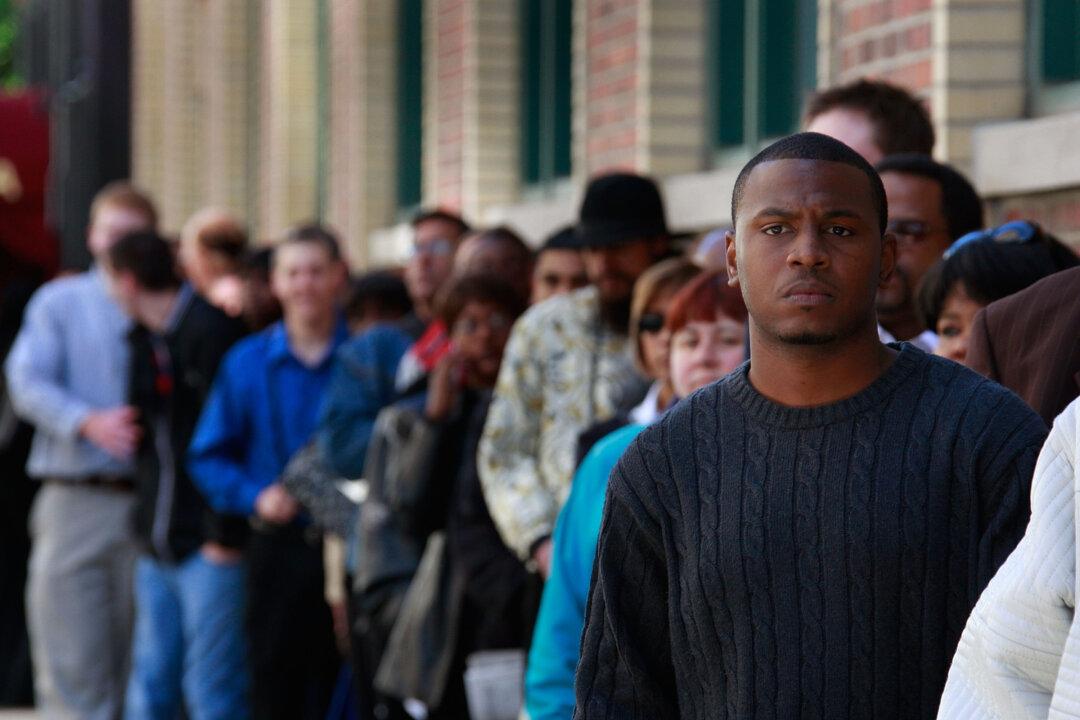WASHINGTON—The number of people seeking U.S. unemployment aid barely rose last week and the average level of applications in the past month fell to a 42-year low.
The Labor Department said Thursday that weekly applications rose just 1,000 to a seasonally adjusted 260,000, a very low level historically that suggests employers are cutting few jobs.
The four-week average, a less volatile measure, dropped 4,000 to 259,250. That is the fewest since December 1973.
The figures indicate that businesses remain confident enough in the economy to hold onto their workers. Growth slowed sharply in the July-September quarter but that has not spurred widespread layoffs, though some large companies have announced job cuts.
Hiring is typically healthy when applications are low. Many economists expect job gains to rebound after slowing in August and September.
While applications are largely a proxy for layoffs, they can also fall even if layoffs are mostly unchanged. Zach Pandl, an economist at Goldman Sachs, points out that laid-off workers are less likely to seek unemployment aid when the job market is healthier than they are in a steep recession.
That’s because they may be more confident that they can quickly find work. The unemployment rate is 5.1 percent, a 7-year low, and employers have hired at a solid pace for the past three years.





